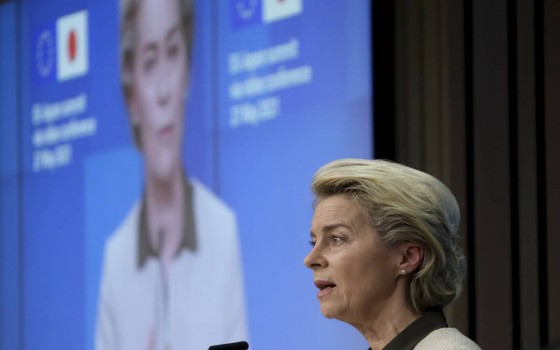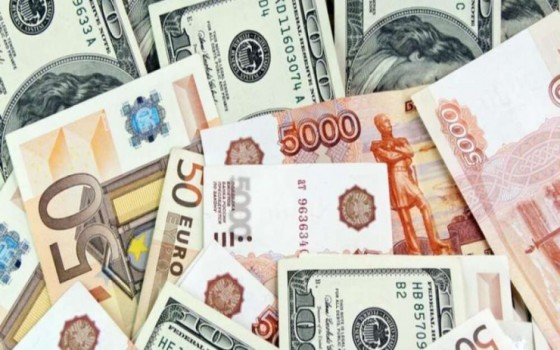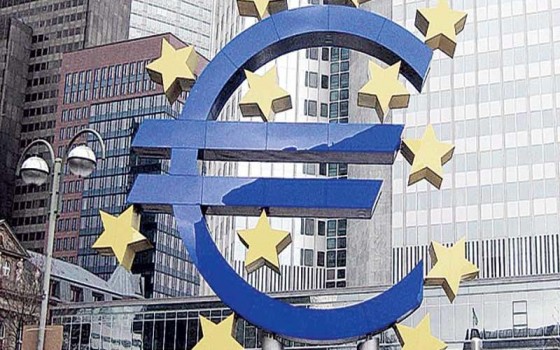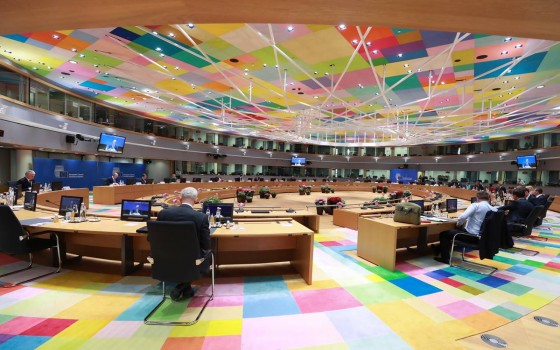Arab economies were affected by the war in Gaza and the conflict in Sudan

- Europe and Arabs
- Thursday , 28 March 2024 13:13 PM GMT
New York - Gaza - Khartoum: Europe and the Arabs
The United Nations Economic and Social Commission for Western Asia (ESCWA) has warned that the continuation of the war in Ukraine, the war on Gaza, and the raging conflict in Sudan are still creating a state of uncertainty in the global economy and the economies of the Arab region, leading to a slowdown in growth.
This was stated in the latest version of the “Survey of Economic and Social Developments in the Arab Region” report, which ESCWA issues annually. According to the United Nations daily news bulletin, a copy of which we received on Thursday morning.
With oil and gas prices stabilizing at moderate levels in 2023, it was expected that the Arab region’s gross domestic product would grow to reach 3.6% this year and 4.2% next year, but current expectations indicate that the output will decline to 3.3% in 2024, according to the report. .
According to the report, poverty rates in low-income Arab countries and those affected by conflicts jumped from 56% and 45% in 2019 to about 63% and 50% last year. The war on Gaza threatens to plunge the entire population of the Strip - that is, about 2.3 million Palestinians - into multidimensional poverty, which will affect the entire State of Palestine in addition to Lebanon.
In this context, the supervisor of the report preparation team, Ahmed Mumi, confirmed that the situation in Arab countries affected by conflicts is still unclear, overshadowed by the repercussions of the war on Gaza, security concerns, and political divisions.
Momi warned that the war on Gaza is plunging the Strip into difficult economic and social conditions that have spread across the entire State of Palestine, where the huge number of deaths, injuries and overwhelming destruction is expected to push the country back 10 to 15 years.
As for high-income countries, poverty is expected to decrease from 11.4% in 2019 to 10.3% in 2023 and 9.7% next year. These divergent poverty trends in the region are consistent with worsening inequality, with averages indicating a poor situation for more than a third of the region's population.
Inflation is a challenge
The ESCWA report highlighted the inflation rate in the Arab region, which reached 12.3% in 2023, likely due to the negative impact on the prices of basic foodstuffs imported by Arab countries, as a result of the cessation of the Black Sea initiative to transport grains from the ports of Ukraine.
Despite the expectation that the inflation rate will decline to about 7.5% in 2024 and 6% in 2025, the survey believes that inflation still represents a challenge for the Arab region, and that containing its negative effects should be a priority of monetary and tax policies in most countries that suffer from it.
Gloomy prospects
The UN report stated that the worsening conflict in Sudan makes the economic prospects in the Arab region largely unclear and bleak, and the survey suggests that the gross domestic product will contract to reach negative 3.8% on average in the period 2023-2025 due to the tight financial space in the least developed countries and social conditions. and difficult economic. However, the fiscal deficit is expected to improve, declining from 3.2% of GDP in 2023 to 2.6% in 2024 and 2.3% in 2025.
Unemployment rates
On the social level, in addition to high poverty rates, the Arab region still records the largest gender gap among all regions of the world, as the report estimates that the time required to close this gap exceeds 150 years. The unemployment rate in the region is estimated at approximately 11.6% in 2023, with a slight decrease to 11.5% by 2024. Also, the overall youth unemployment rate currently stands at 26.4%, with approximately 22.2% for young men and 42% for young women, according to the report.














No Comments Found